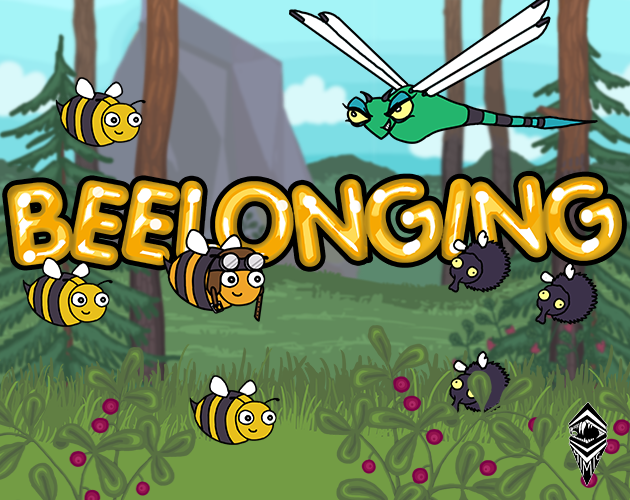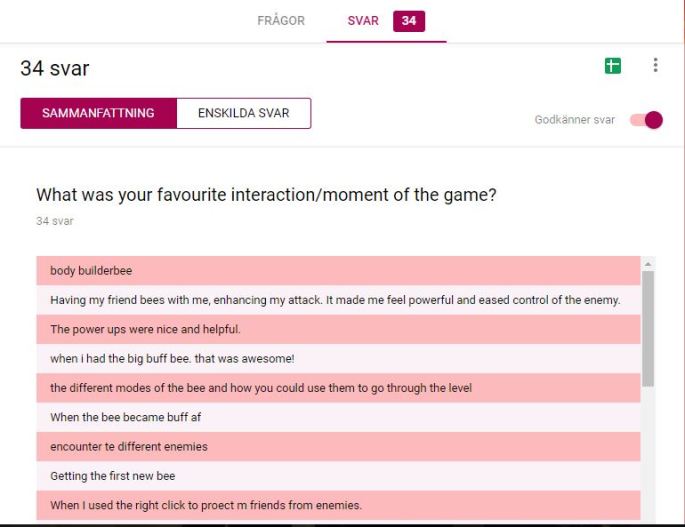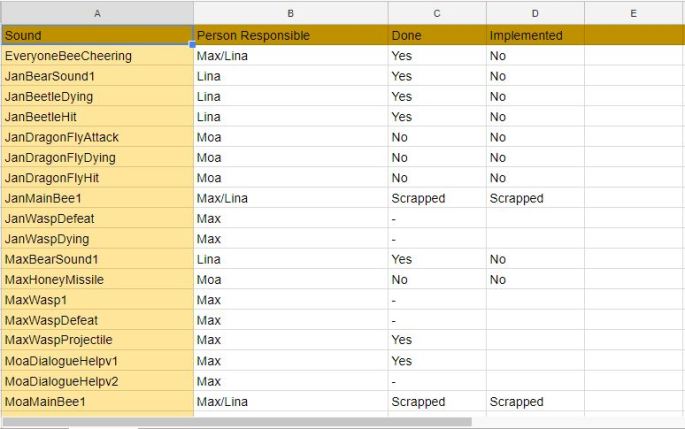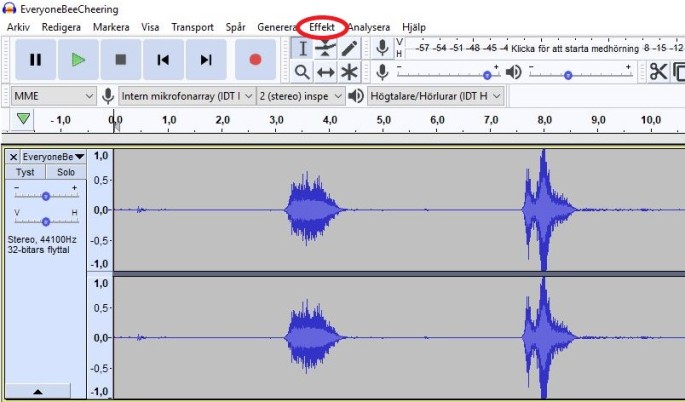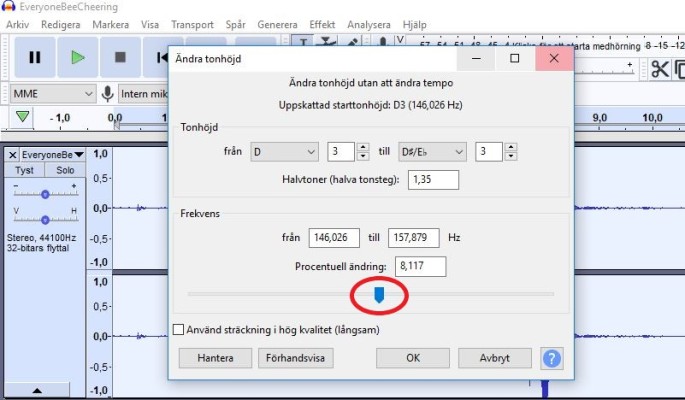Ten weeks have passed and Beelonging is finally done. It’s surreal. Having a finished product; a product I’m genuinely proud of, is something I have difficulty grasping. I’m proud of the end result and I’m blessed that I had the chance to work with such amazing people. Everyone should undoubtedly be proud of their accomplishments. However, aside from the success of working together, there have been some bumps on the road. We didn’t encounter major issues, but there were situations we could have prevented. Today I present you a brief postmortem of the last ten weeks.
What went right?
- Daily stand-up meetings
Over the course of ten weeks, we succeeded to meet up everyday for our daily stand-up meetings. These meeting were really important, since it gave the whole team an overview of what everyone was working on. During those daily stand-ups I got an overview of what everyone was currently working on and I made sure that everyone was following the sprint schedule. The meetings also brought up important discussions; things we needed to decide, as well as clearing up misunderstandings.
- Getting along
Since day one we have been working really well together. Everyone shared the same work ethics, and was very motivated to do the best they can. We created an atmosphere where we listened to each other and where we took every opinion into consideration. Since we had a pleasant energy in the group, everyone was excited to work on the game. This resulted in a more fun and enjoyable experience for everyone.
- Making a vision come true
Even if there were some issues when it came to envisioning some assets in the game; we created a game that everyone was happy with. All the team members contributed in different ways, with their special expertise that made the game just as we wanted it to be. Bruus and Arvidsson found an art style that everyone in the group really loved. Plähn found great ways to code the game as we wanted it to be. Kassander improved the game by finding bugs and creating great level design. And I contributed with sound and music that really strengthened the aesthetic goal, which also made the game more humorous and fun. Everyone helped in making our vision come true.
What went wrong?
- Not being done with assets on time
Even if everyone had work ethics and motivation, there were sometimes issues with finishing assets on time. We agreed on not working on weekends, since we wanted to have everything done for the sprint on Fridays. Thereby, everyone could have a relaxing weekend and gain energy for the next week. However, that was easier said than done. This problem occurred if the group had other tasks to do in their minors, sickness or inadequate distributed assets (and a bit of laziness). The main issue we faced with this problem was that it could affect someone else’s working week. For example: the programmer could not implement an art asset since it wasn’t finished. When the art asset was later finished on a Sunday, the programmer was forced to implement it on the weekend.
- Playtesting
Since we sometimes were finished with assets late on weekends, we did not have the time we wanted to test the game before playtesting sessions. This problem made it difficult for us to spot bugs or glitches in the game and be prepared as much as we wanted to be. This complication resulted in a situation where we found major issues with the game during playtesting (things we should definitely have foreseen). Obviously, playtesting is for finding bugs, but the problems we encountered were things that should have worked flawlessly at that time. However, we learned from our mistake and made every group member test the game frequently during later development.
- Different visions
Another problem we encountered was to vision an asset in the same way. We had a brief discussion about how the boss fight would be played, and we thought we all were on the same page. However, when the art asset were done and coded into the game, we realised everyone had a different view of how the boss fight should have been done. We needed to make some major changes, and the programmer put down additional hours to make it right.
What did I learn?
These ten weeks have been intense and educational. By developing this game, I have had the chance to understand my part as a project manager better. I have learned to be better at giving out constructive criticism, as well as solving conflicts or arguments among team members. I have also realised that even if I thought I planned enough, I could have planned and organized even more. In the future, I will make sure to playtest the game more often, since it gives me a better insight of how the game works and what needs to be improved. It is my responsibility to make sure everything works as it should, according to our vision. I have also learned to create sounds that would fit the aesthetics of the game. Even if I had never worked with Audacity before, it was a great experience for me. The sounds turned out great and they got a lot of positive feedback from the playtesters. Last but not least, I improved my knowledge of working in Unity. I got the chance to put art assets in Level 1 and create a nice-looking level. Since we had a parallaxing effect, I needed to understand how that effect worked, to make sure the level would look coherent and neat.
End result
Our game turned out to contain a tutorial, five levels and a boss fight. Because of this, the game felt like a complete game, since it had a clear start and ending. We were also able to add a cutscene before the game would start, as well as adding a cutscene before the boss fight. This made the game look more polished and it also added a fun story for the player to follow. By adding the cutscenes, we were able to convey the aesthetic goal better. Since the team worked very efficiently, we also had time to create hats for the main bee. These hats could be found in the different levels and be used to dress up the main bee. Everyone who played the game loved the hats! To summarize, we created a complete game that contained more than it needed. Some things did not work properly or looked as they should have, but overall the game were enjoyable and appreciated by everyone who played it.
Overall, I’m really happy with the result. This is the first game I have ever developed, and it has been a very educational and interesting journey. I’m grateful for working together with such talented people, and I’m excited to see what the future behold! Thank you for reading!


